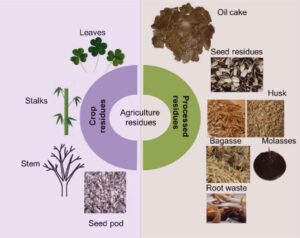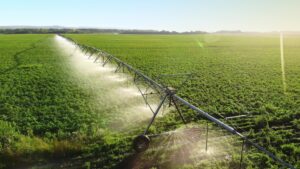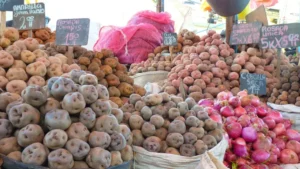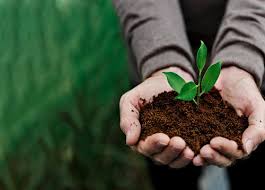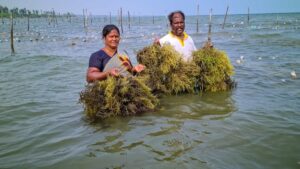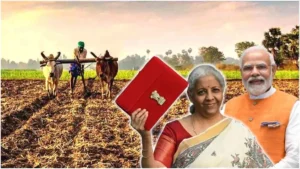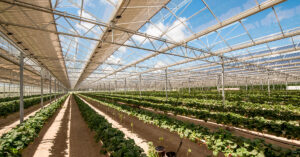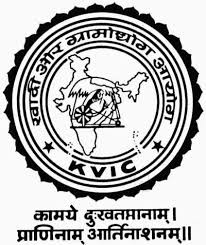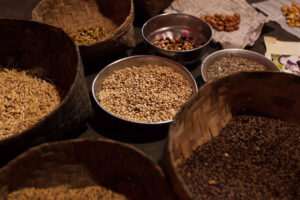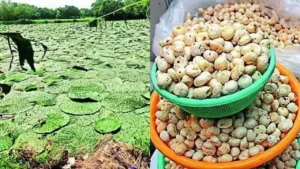Skip to content
Incessant Rains and Cold Weather Hit India’s Coffee Heartland
Technology in Indian Agriculture
Farming as a Career Option
Seaweed Cultivation in India
Doubling Farmers’ Income (DFI) Mission
Pradhan Mantri Dhan-Dhaanya Krishi Yojana (PM-DDKY)
Proposed Amendments to the Plant Treaty and India’s Opposition
Fungal Disease Threatens Endangered Tree in Western Ghats
Monsoon and Wildlife-Induced Agricultural Losses
India-US Trade Talks: Ethanol and Soyabean Sector Concerns
Rising Dependence on Imports of Pulses & Edible Oils
Punjab’s Paddy Predicament: A Challenge to Crop Diversification
Khadi and Village Industries Commission
PRESERVING INDIA’S TRADITIONAL SEED VARIETIES
Makhana Cultivation (Foxnut)


